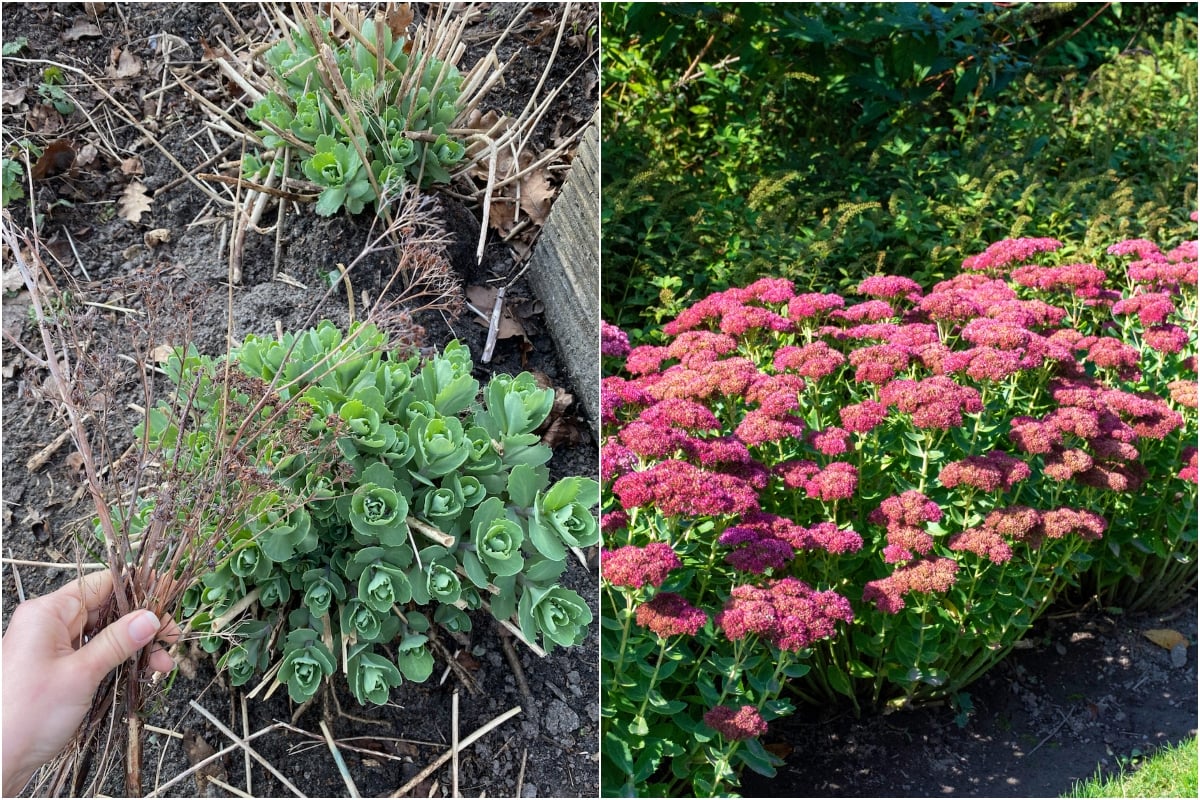
I’ve never been a big fan of super tidy gardens with nary a leaf out of place. I like looking at them and walking through them, but I’ve never been tempted to do an extreme tidy up of any of the gardens I’ve tended to.
Except when it comes to spring pruning. Which is the only kind of tidying up that I can’t get enough of, no matter how busy I am.
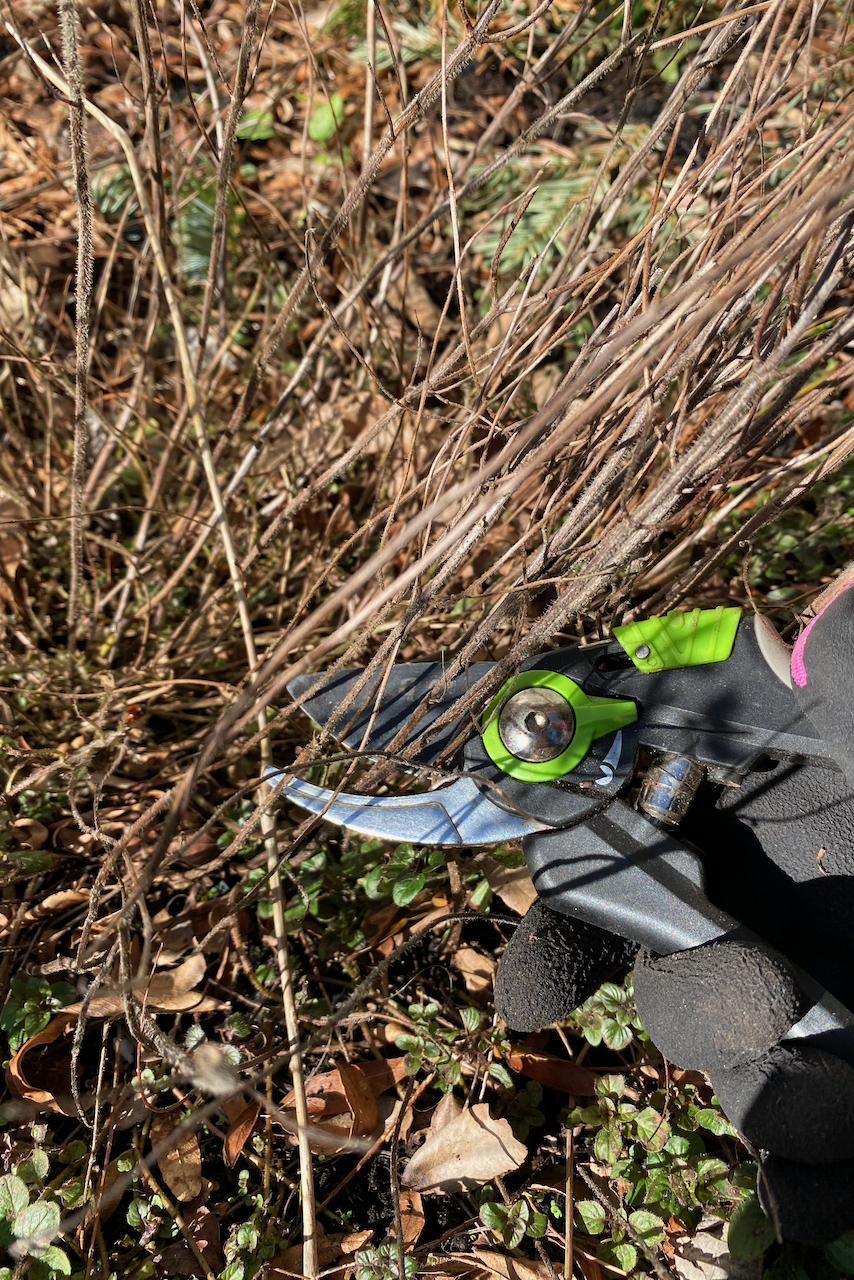
I think of spring pruning as a call for renewal. Whatever the plant equivalent is for that feeling of relief when you relax your shoulders and unclench your jaw.
After a long winter, it’s time for the perennials in my garden to start growing and stretching again. And it’s time for me to make room for that by pruning off the old growth. Here’s what I’m tidying up in the garden this spring.
1. Black-eyed Susan (Rudbeckia)
Rudbeckia is everyone’s sweetheart, and for good reason. There are very few plants that can rival its sunshine-yellow hues so early in the summer.
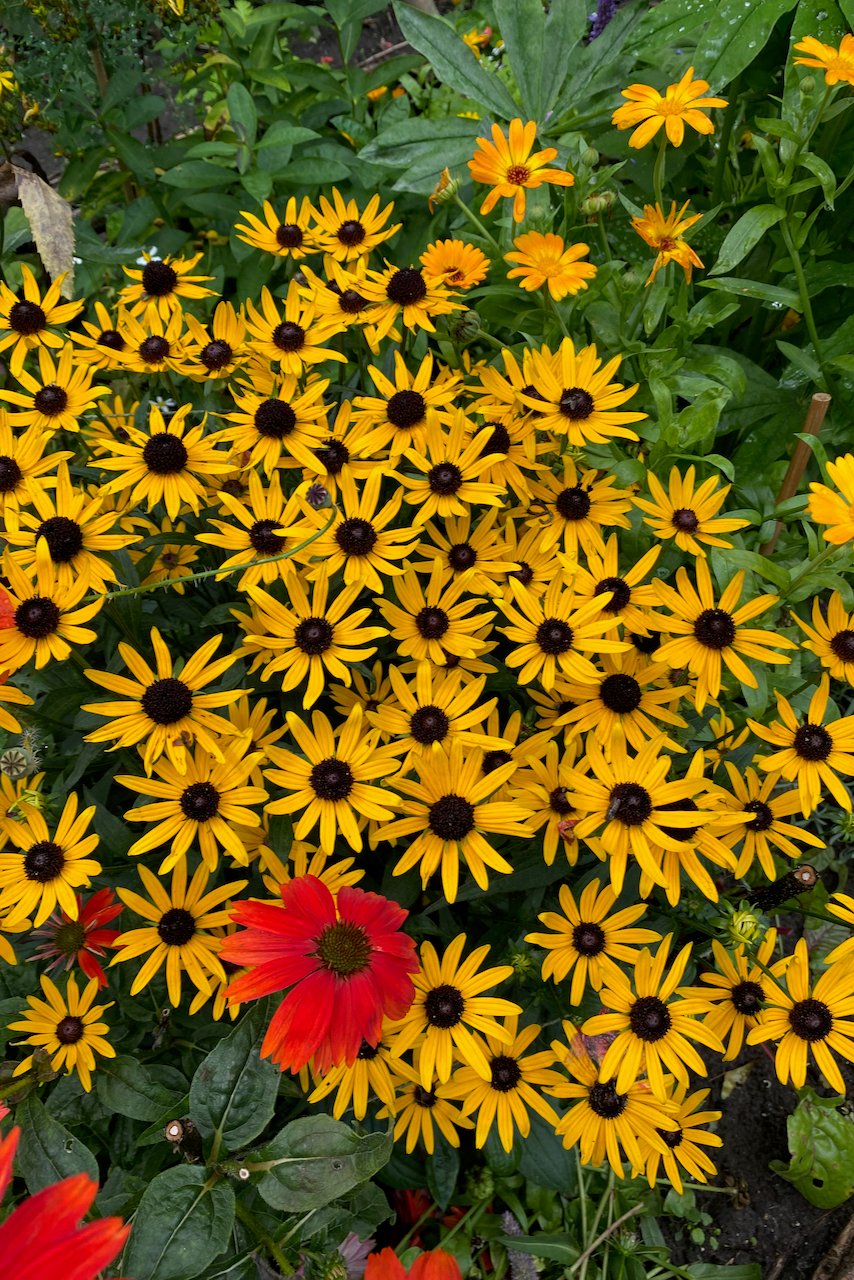
I usually leave the dry flowers to overwinter in place, but once spring rolls around, it’s time to trim them back. The same goes for the old leaves that look a bit tattered. I cut them down to ground level.
By this point, I can already see baby leaves emerging from the crown, so I have to be very careful not to damage them in the process.
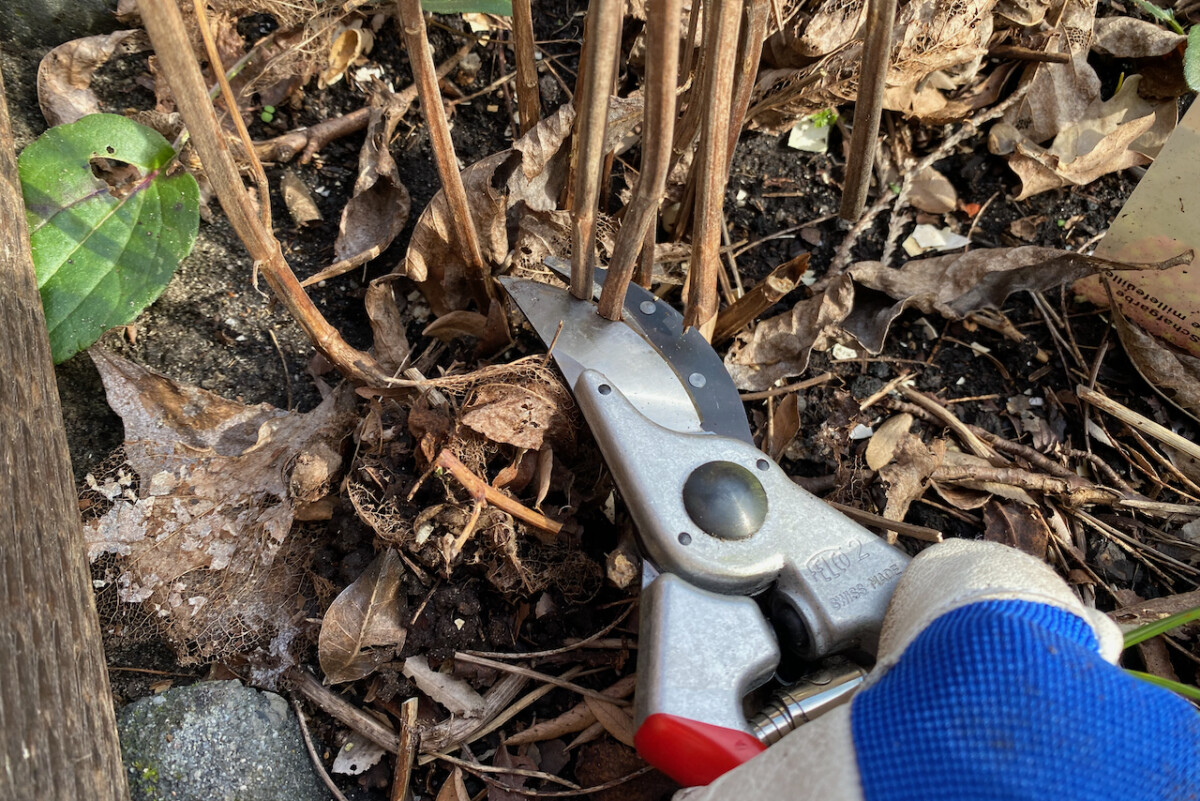
2. Blanket flower (Gaillardia)
Speaking of bright, warm colors throughout the summer months, please tell me you’re growing blanket flowers in your borders. Gaillardia is a beautiful yet low-maintenance perennial that is worthy of its own growing guide. But this time of year, I’ll just add a reminder that it needs spring pruning.
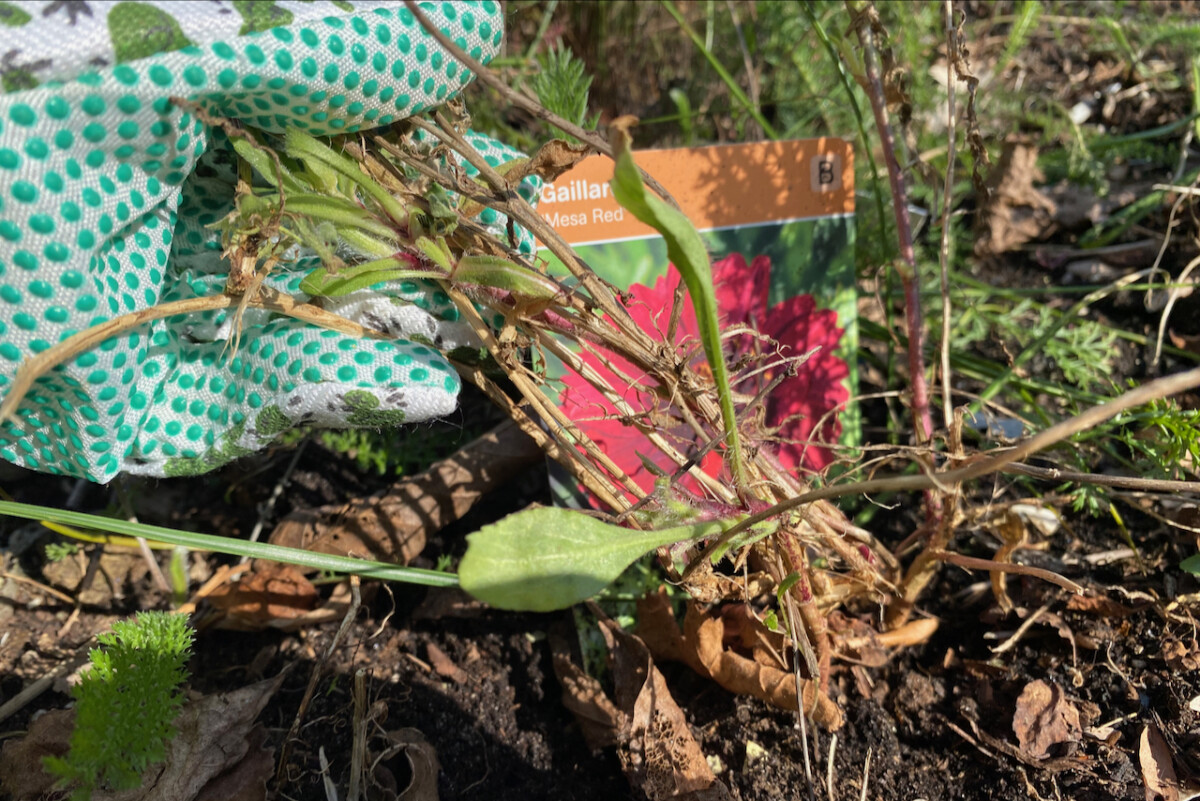
I only bought a few starter plants, but I want a sea of blanket flowers. A really large blanket, if you will. So I let the flower heads do their own thing last fall hoping they will self-seed. I’m pruning them back to their first bud this spring and waiting a bit longer for the conclusion of the self-seeding experiment.
3. Anise hyssop (Agastache)
Another perennial favorite of mine, anise hyssop does triple duty in my garden: a long-lasting bloomer, a delicious herb (both fresh and dried) and a pollinator feeding station.
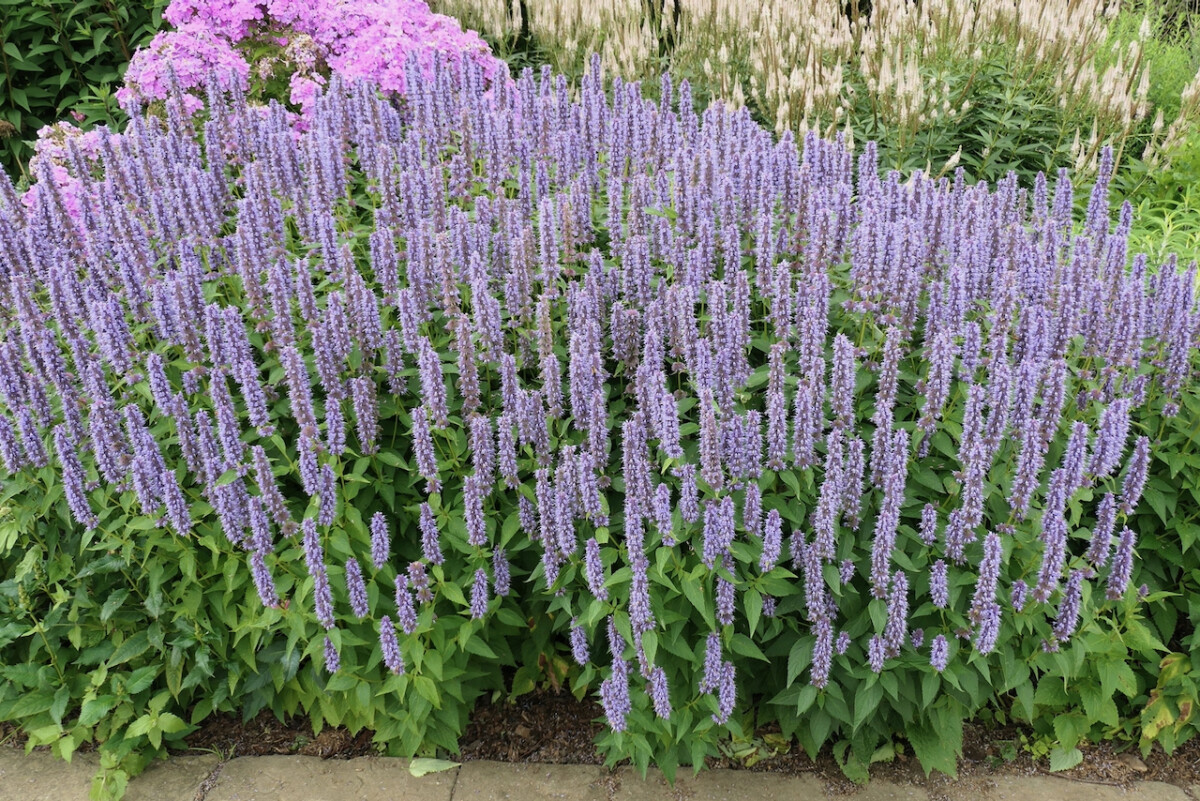
Most of the seed heads have stayed on over the winter months, though quite a few snapped in a storm. But since the new foliage is starting to peek out from the base, it’s time to cut the dried-up husks really close to the ground.
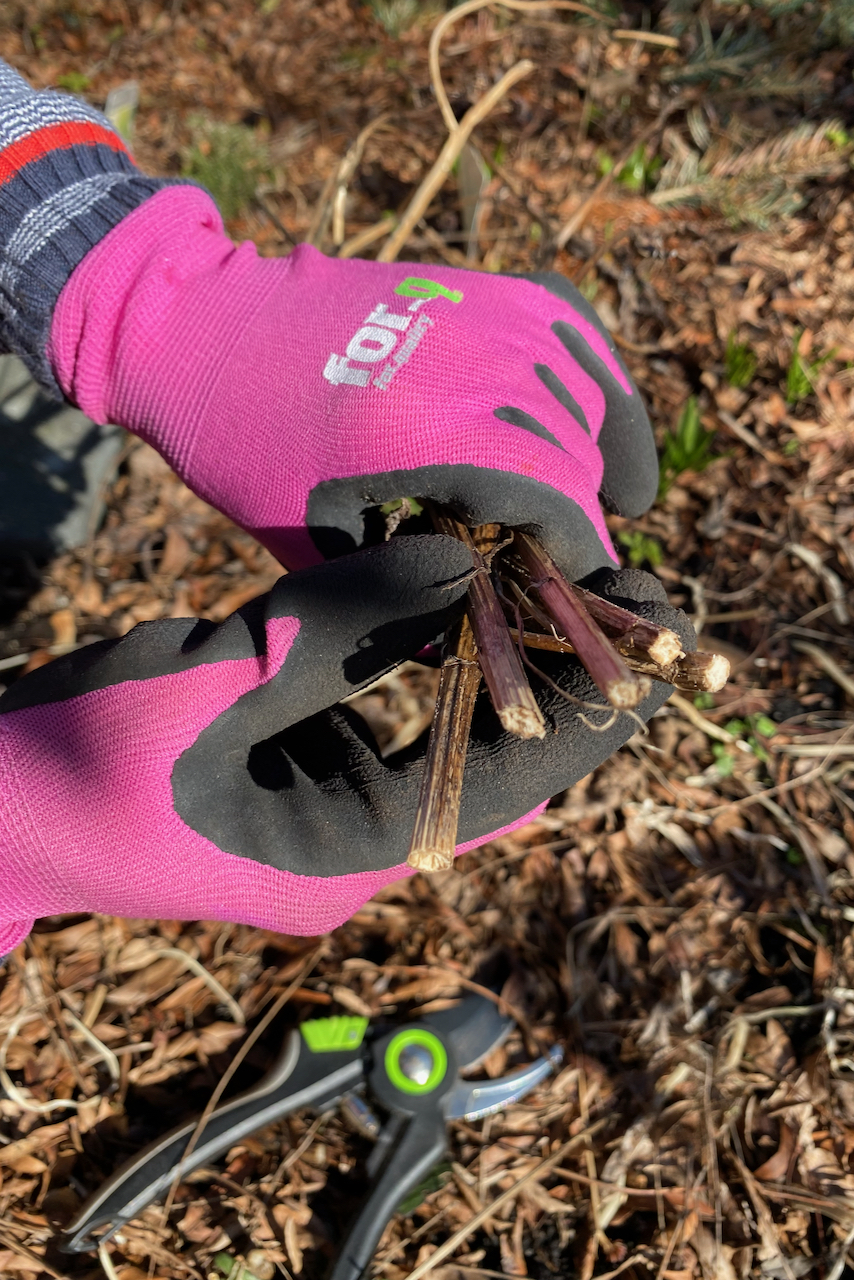
If you don’t have anise hyssop growing in your garden, I (humbly) think this article I wrote will convince you to go ahead and plant some.
4. Coral bells (Heuchera)
I like to call heuchera “the four season wonder.” It overwinters without completely retreating underground – like most perennials. And that’s amazing, because it’s the foliage that is the main attraction, not so much the tiny flowers. Not to mention that they’re the perfect perennial for shade gardens.
Part of the reason why it overwinters almost intact is because the foliage – which is pretty low to the ground – acts as insulation. So in spring, we need to prune this insulation in order to make room for new growth. Be careful how you prune heuchera though. It grows from a central stem, so prune the foliage around it, but not the actual stem.
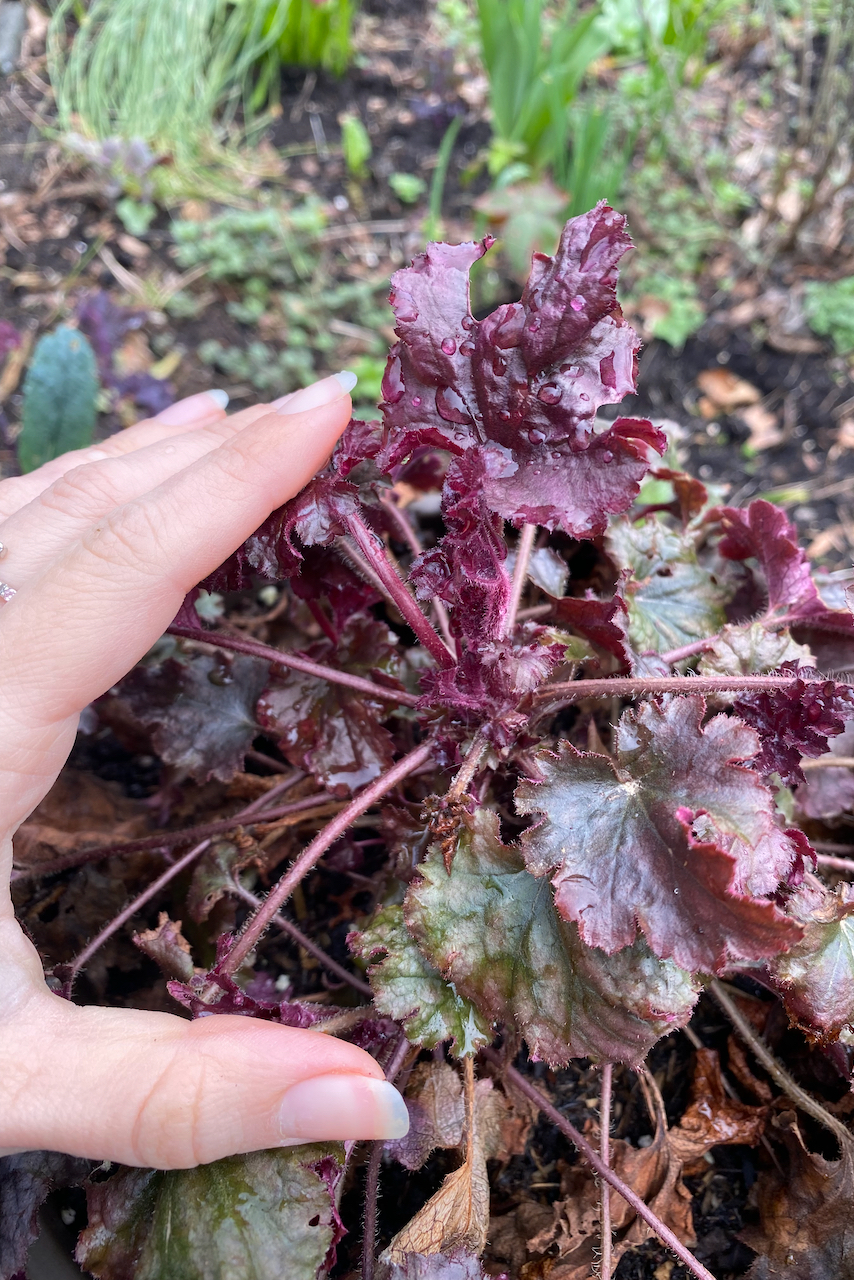
On the other hand, if you want to keep it growing as a mound lower to the ground, go ahead and cut that central growth all the way down. The plant will re-generate, but it might take it a bit of extra time to get to the same size after a hard prune.
5. Upright sedum
When you think of sedum, you think of a groundcover, right? Not necessarily. One of the most popular sedums that I see in temperate gardens is the upright sedum (also known as stonecrop).
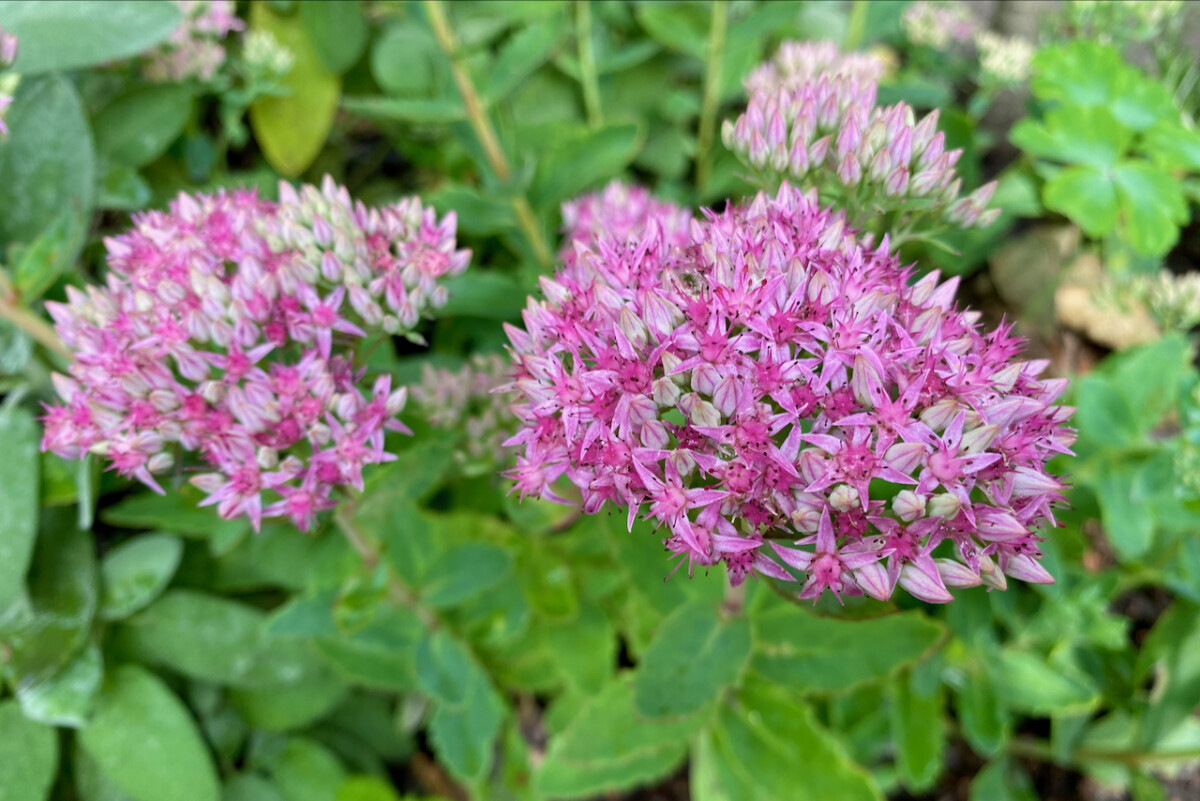
It’s a low-maintenance succulent that is also a great pollinator plant. I’m sure you’re familiar with ‘Autumn Joy,’ the crown jewel of upright sedums.
The lacecap dry flowers look magical with a sprinkle of snow. But in spring, it’s time to make room for this year’s contestants. Luckily, they make their presence known very early in the season.
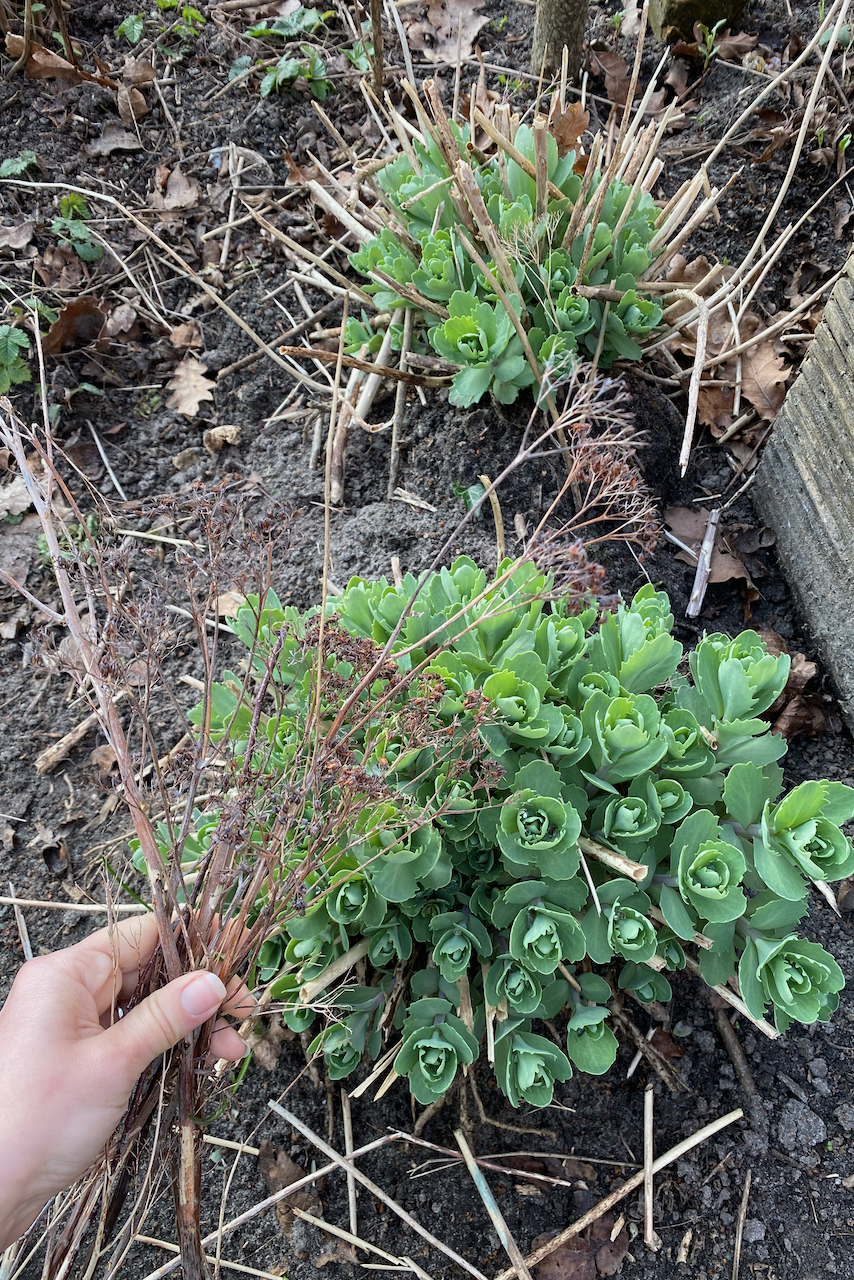
Here they are, plumping up in early March. Last year’s stalks are dry by now, so remove them from as low to the ground as possible.
6. Yarrow (Achillea)
Yarrow is my favorite understated plant. It adapts to pretty much any type of soil and light levels without any hiccups. Bees love it. Butterflies love it. I love it. That’s why I have it in a few colors sprinkled all over my back yard. My favorite is this ‘Cerise Queen’ cultivar.
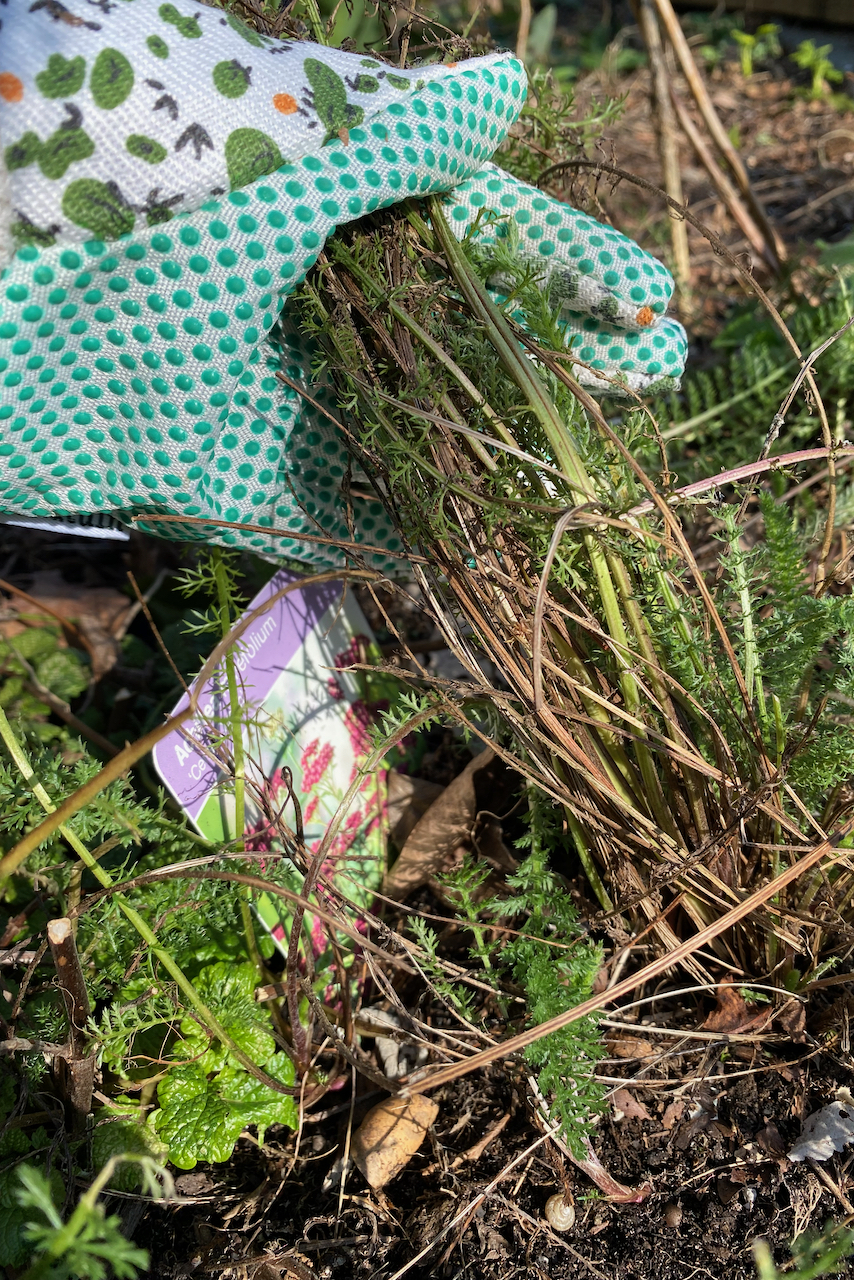
My yarrow is starting to put out new growth pretty early in spring, so a rejuvenating cleanup is much needed right about now. It’s pretty easy to cut down to ground level if you just bundle it up. Bunch and snip and don’t look back. Though I’m extra careful and try to spare the baby seedlings.
You can give your yarrow plants a light prune again in the summer for a second flush of blooms. They’ll be smaller, and less of them, but still worth it for a bonus flowering session.
7. Ornamental grasses
Ornamental grasses are one of my favorite fillers, both for gardening in a large plot or planting creative container gardens. They’re like gentle brushstrokes against which everything looks better. Some gardeners prefer to cut them down in the fall. But I think these gardeners are missing out on all the decorative punch that grasses can pack in the winter garden.
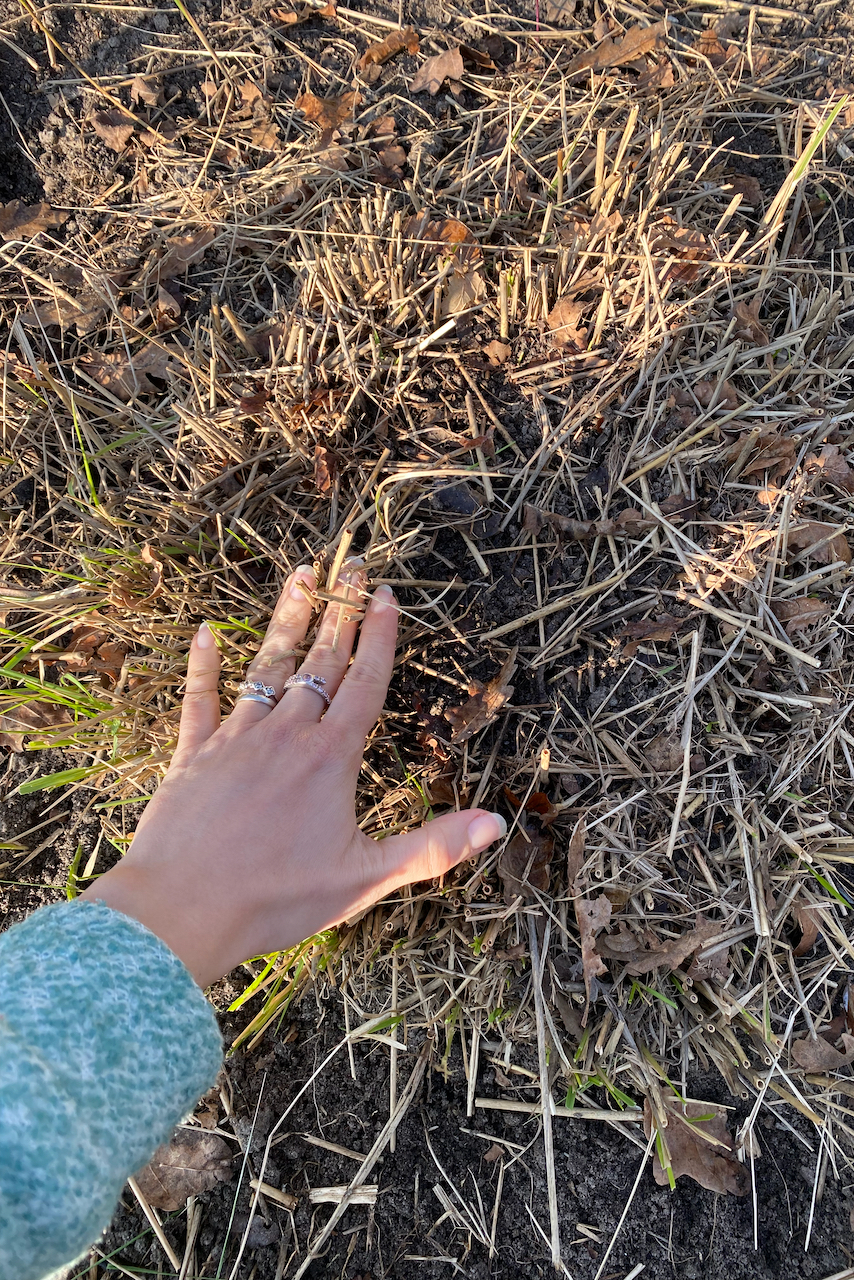
Pruning off their thick mat in early spring, just as new growth is starting to shoot out, is enough to keep them happy for another season. Pruning grasses can be a bit messy; so once I’m done with the tall stalks, I give the clump another breezy cleanup to remove most of the debris. I trust the wind will do the rest.
8. Lamb’s ears (Stachys byzantina)
It’s silver. It’s fuzzy. And it has a cute name to boot. It’s lamb’s ears, just starting to peek through the dead foliage from last year. Yanking out last year’s stalks would pull out the whole plant, so the best way is to prune the stalks as close as possible to new growth.
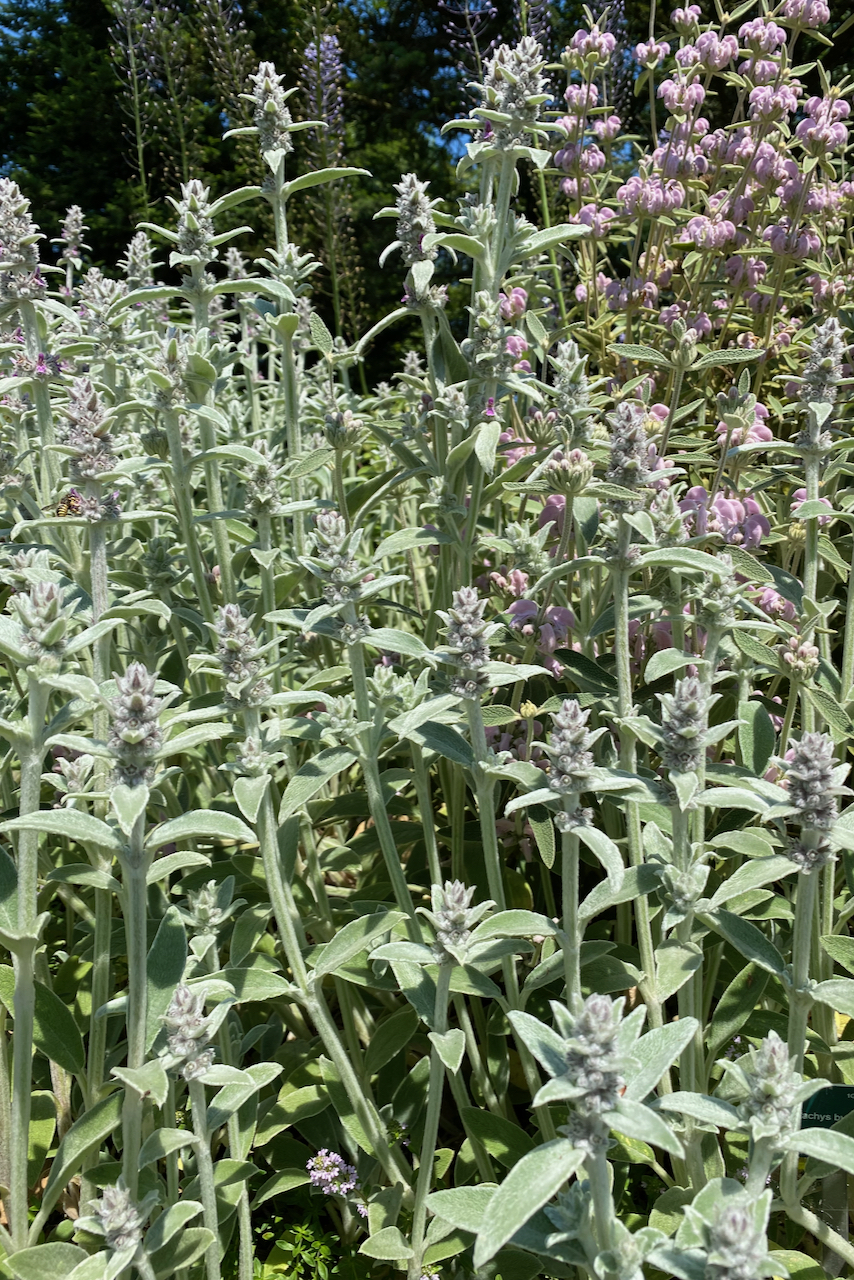
By mid-summer, lamb’s ears will reward us by sending out another generation of sturdy flower stalks topped with purple, pink or blue flower spikes. Lamb’s ears is a drought-resistant perennial perfect for sunny gardens.
9. Bear’s breeches (Acanthus)
Even if you’re not an avid gardener, I’ll guarantee that you’ll take at least a passing interest in Acanthus when you come across an established plant. They’re large, boisterous perennials that do equally well as an undergrowth under tree canopies as well as in a meadow-like garden.
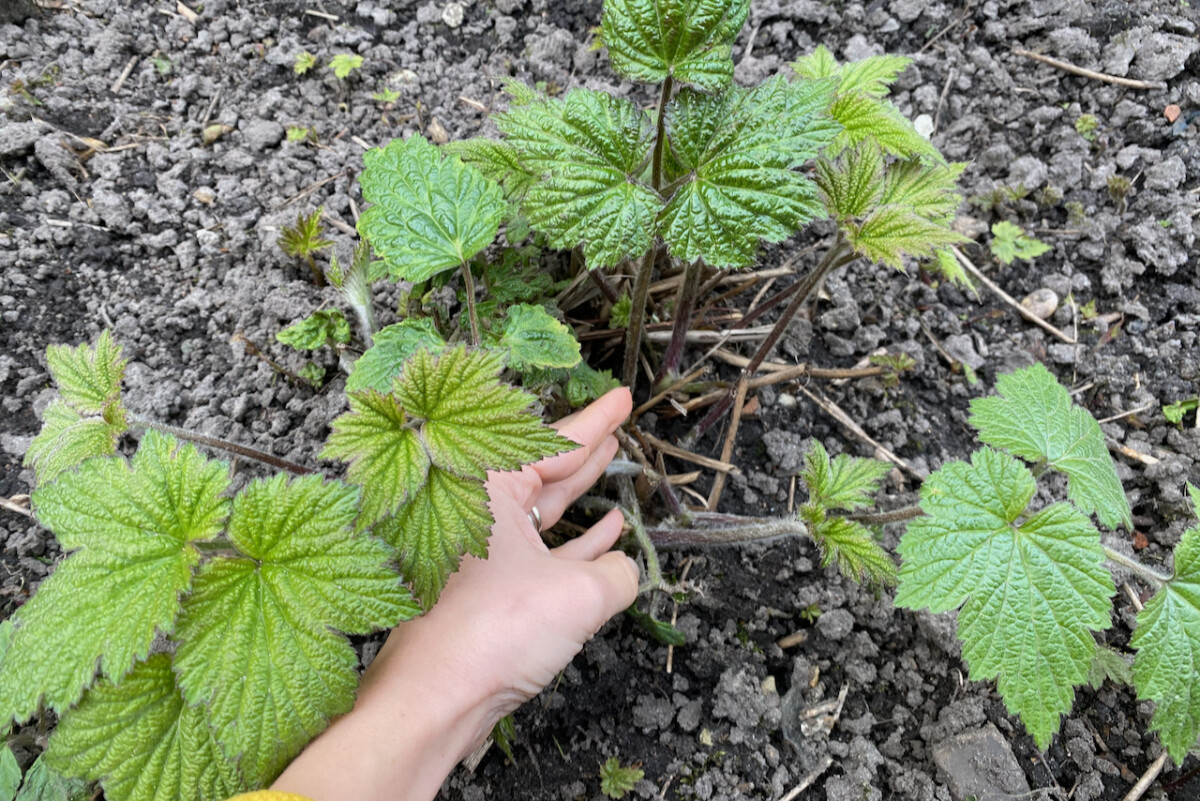
Acanthus can seem a bit intimidating in the summer, due to the sheer size of its foliage. But in spring, once you prune off the old material, you can see that you’re left with a relatively small plant.
Bear’s breeches is one of those perennials that you can cut back in the summer, once it’s done flowering, to rejuvenate and encourage fresh foliage.
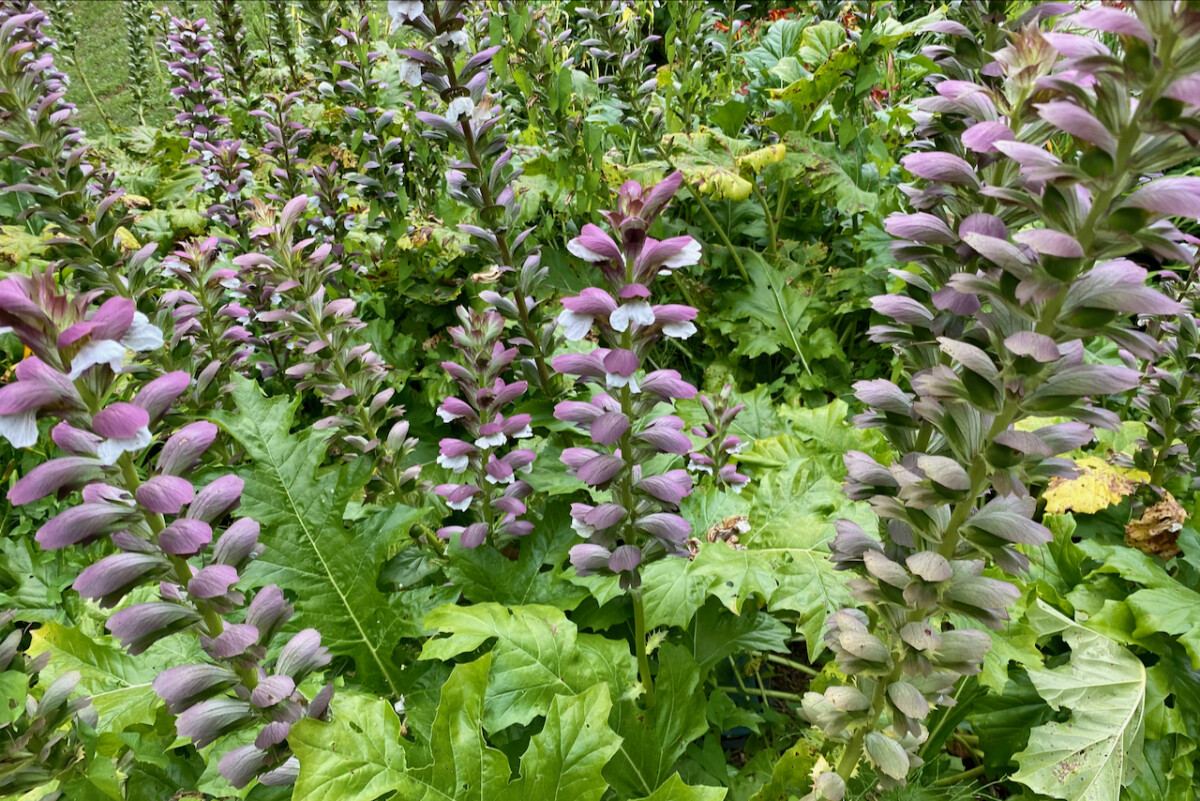
10. Lemon balm (Melissa officinalis)
I was a bit hesitant about including lemon balm in this list because it’s more of a herb than an ornamental. But I’ll use it as a stand-in for all the perennial herbs that you can prune in spring. In my garden, this list also includes sage, oregano, marjoram and savory.
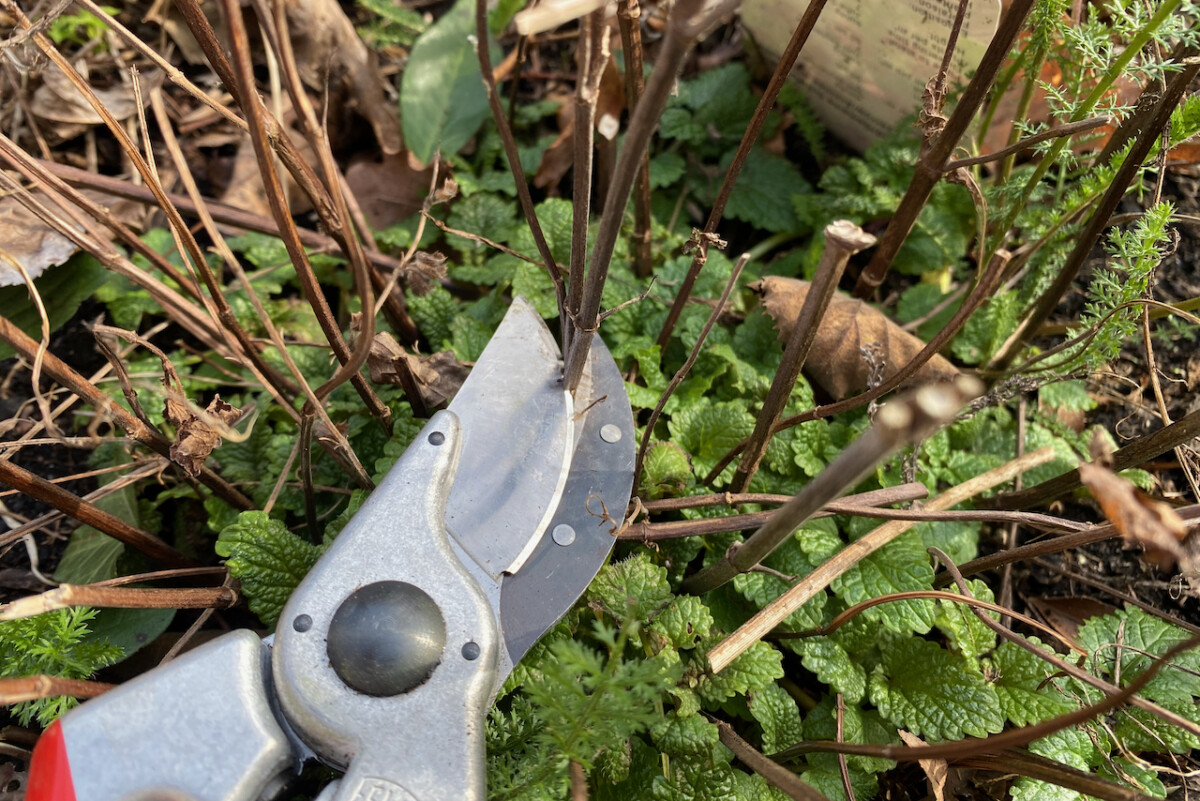
Lemon balm and sage are early risers, so the new foliage is already on its way before I’ve had the chance to start pruning. I try to remove last year’s stalks as low to the new growth as possible, without damaging it. But I know that whatever’s left will be hidden from view in a month or so by this year’s growth. There’s no reason to fuss about no-fuss plants.
I’m hoping my list of perennials to prune in spring will give you some inspiration to grab your secateurs and start cleaning up the garden. Pruning benefits our plants, but I find it benefits our minds too. It’s a time for contemplation that is more calming than any meditation app I could ever download.

Get the famous Rural Sprout newsletter delivered to your inbox.
Join the 50,000+ gardeners who get timely gardening tutorials, tips and tasks delivered direct to their inbox.


